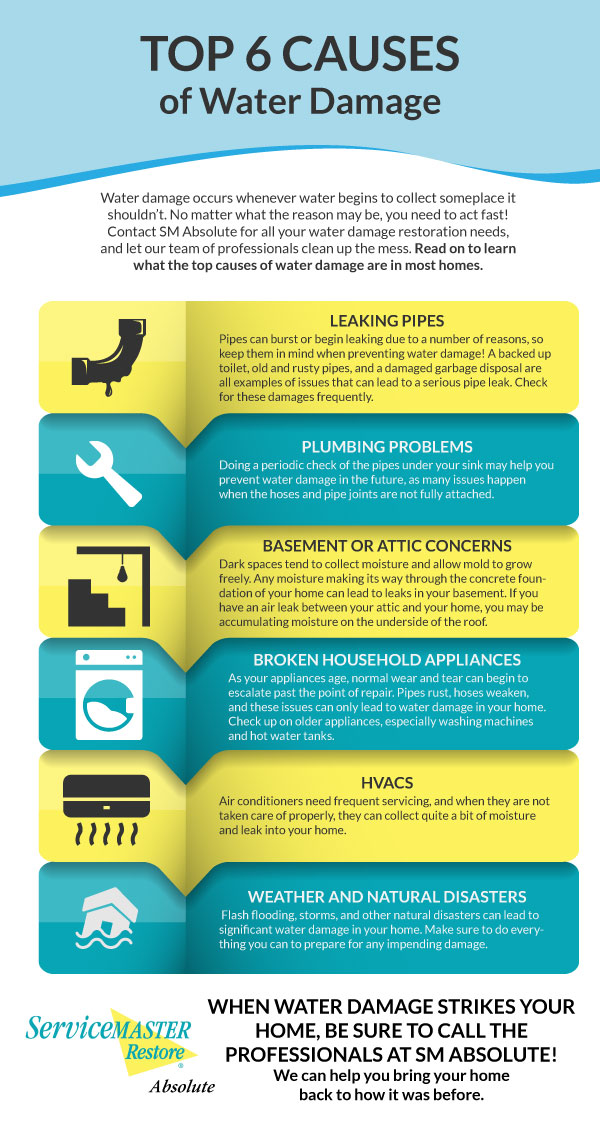When thinking about the expenses of solar setup, you may wonder about the upfront investment needed and whether it lines up with the prospective lasting benefits. Recognizing the details of these expenditures and the various variables influencing the overall return can shed light on the value recommendation of transitioning to solar power. By assessing both the first configuration costs and the forecasted cost savings over time, you can get insight into whether the financial investment in solar installation holds pledge for your monetary future.
Initial Configuration Costs
When considering the costs of solar installation, the first arrangement costs play a vital function in your decision-making process. These ahead of time costs consist of the cost of solar panels, inverters, installing equipment, and installation labor.
The rate of photovoltaic panels can differ depending upon the brand, efficiency, and size you choose. Inverters are necessary for transforming the sun's energy into usable electrical energy and can be found in various kinds such as string inverters, microinverters, and power optimizers, each with its own expense ramifications.
Installing equipment, such as racks and rails, is needed to firmly install photovoltaic panels on your roofing or property.
The installment labor cost covers the expert installment of the solar system, ensuring that whatever is set up properly and efficiently. Bear in mind that while these first setup expenditures may appear high, there are commonly refunds, tax obligation motivations, and financing alternatives readily available to help counter the expenses and make solar installation a lot more budget friendly in the future.
Long-Term Financial Savings Analysis
To understand the economic benefits of solar installation over time, it's critical to perform an extensive long-lasting savings analysis. While the preliminary setup expenses of solar panels might appear daunting, the long-term financial savings can surpass these prices dramatically. By harnessing the power of the sun to create electrical energy for your home, you can potentially conserve hundreds of bucks on your utility costs over the life expectancy of your planetary system.
One of the crucial aspects to think about in a long-term cost savings evaluation is the reduction in your power costs. With photovoltaic panels, you can produce your electrical energy, reducing or perhaps eliminating your dependence on the grid. This can result in significant savings, especially as energy prices remain to climb.
Furthermore, many federal governments use rewards such as tax obligation credit ratings and rebates for setting up photovoltaic panels, better boosting your long-term financial savings. By https://solar-distributors10864.59bloggers.com/30326407/an-expedition-of-the-future-of-power-highlighting-how-innovative-solar-technologies-are-changing-sustainability-and-increasing-efficiency from these incentives and optimizing your solar energy manufacturing, you can appreciate considerable financial advantages for many years to find.
Roi Calculation
Considering the financial advantages of solar installation, it's time to assess the Roi (ROI) estimation. Establishing the ROI entails comparing the complete prices of installing a solar system with the monetary benefits it produces over its lifespan.
To determine ROI, split the internet benefit from the system by the overall investment price and multiply by 100 to get a percentage. The ROI formula is: (Net Profit/ Total Investment Price) x 100.
As an example, if the overall cost of mounting a solar system is $20,000, and over its life-span, it generates financial savings and earnings totaling $30,000, the internet profit would certainly be $10,000. Separating Read Home Page by the total investment price of $20,000 offers a ratio of 0.5. Increasing this by 100 offers an ROI of 50%.
Usually, a greater ROI suggests a more economically fulfilling financial investment. Aspects like government motivations, maintenance expenses, and power cost variations can influence the ROI of solar installments. Understanding https://free-solar-panels19753.izrablog.com/30408291/support-your-interest-regarding-the-future-of-solar-power-and-unlock-the-keys-of-upcoming-innovations-that-will-certainly-reinvent-the-market in examining whether buying solar power deserves it in the future.
Conclusion
Finally, comprehending the costs of solar installation is crucial for identifying if it deserves the financial investment. By thinking about first setup expenditures, performing a long-term savings analysis, and determining the return on investment, you can make an educated decision about the monetary value of solar power. With the potential for lowered energy costs and raised power independence, buying solar installation can be a smart selection for both your wallet and the atmosphere.
